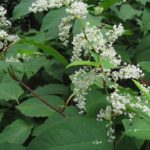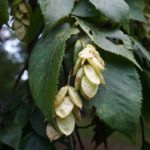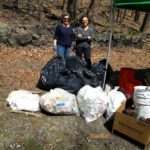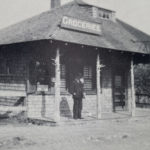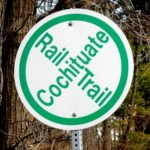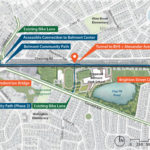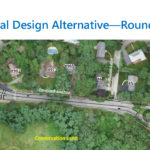
Though days are now long and warm, event listings for local organizations harken back to the dreary depths of winter. Few groups are planning meetings this summer, the season of bittersweet freedom, of sunny days so many people did not live to see. Voltaire wrote in Candide, “We must tend our garden,” but he didn’t specify how, or who should benefit from said garden. If you’d like to help support your local web of life, consider enrolling in a class with the Native Plant Trust: “Native Species, Cultivars, and Selections: What’s the Difference?” held on Friday, July 16, from 1-3 [READ MORE]


